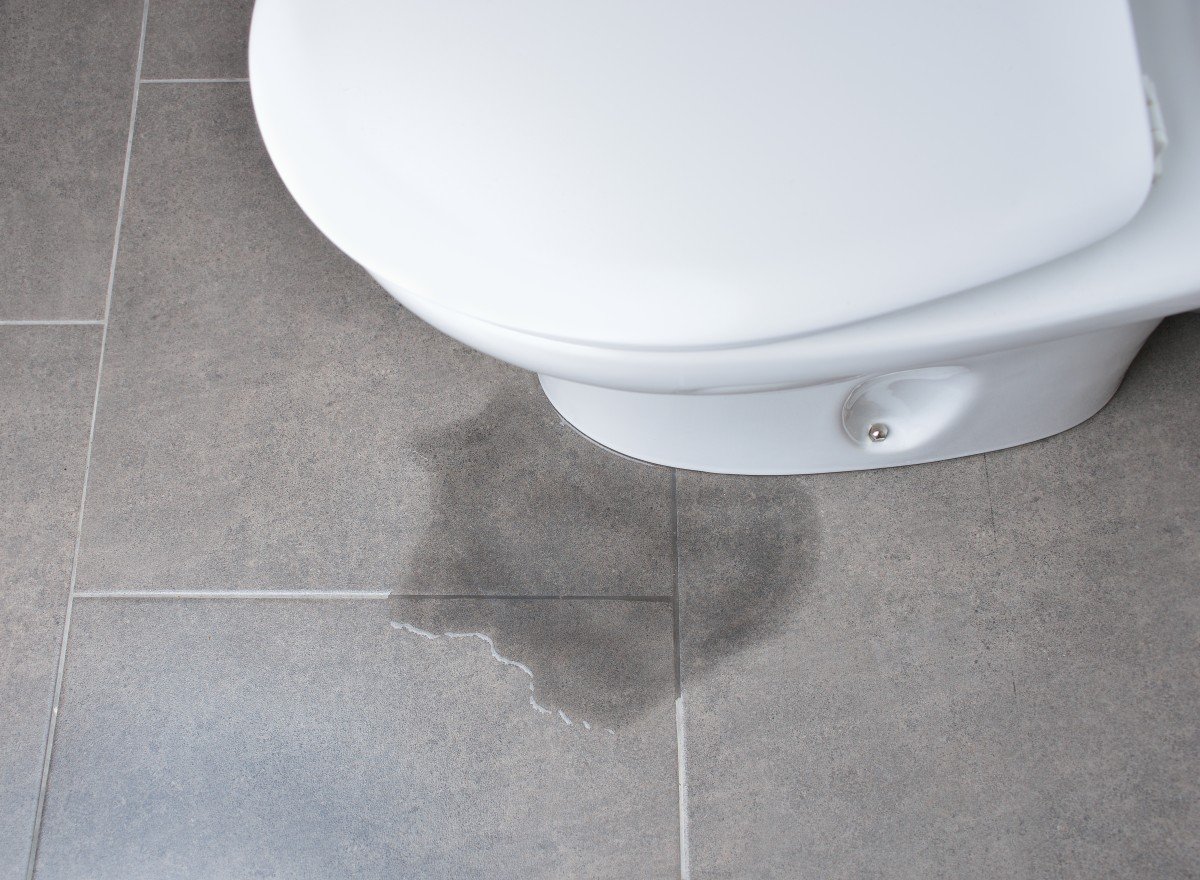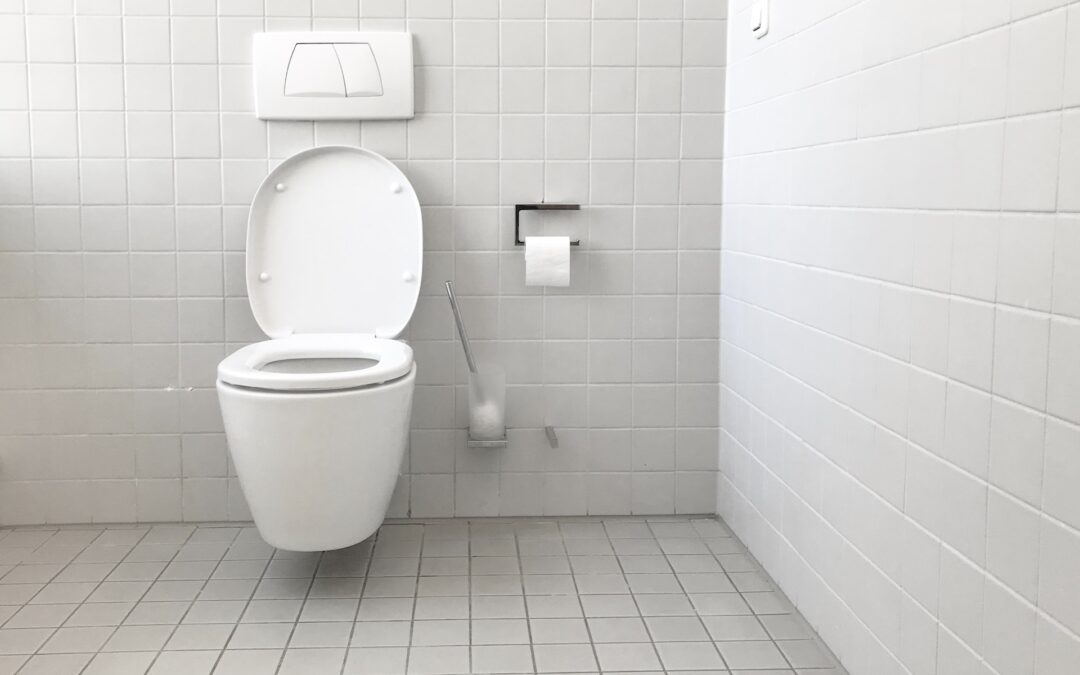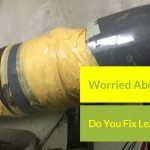Imagine this: It’s early morning, and you’ve just savored your cup of coffee. You’re settled in the comforting quiet, your thoughts crystallizing, when the sound of running water breaks your concentration. Suddenly, reality dawns on you. The incessant trickle you hear is from your toilet, and you’ve got a leak.
 Fixing Toilet Leaks: More Than Just a Nuisance
Fixing Toilet Leaks: More Than Just a Nuisance
A toilet leak is not merely an annoying disturbance that ruins your morning peace; it’s a critical issue that demands immediate attention. Ignoring it can be both a financial and environmental folly. Whether your primary concern is environmental conservation or saving on utilities, a leaky toilet can take a toll on both. When the utility bills arrive at the end of the month, you’ll regret not taking action.
Act Promptly: Call the Experts for Fixing Toilet Leaks
In such situations, my advice is to not let your cherished moments of morning serenity go to waste. Contact your maintenance team immediately. Typically, leaks are caused by problems in the toilet cistern. The overflow mechanism may be jammed due to wear and tear, or contamination may have led to a faulty seal. Either way, these are issues that need professional attention.
 Don’t Be Afraid to Investigate Toilet Leaks
Don’t Be Afraid to Investigate Toilet Leaks
Contrary to common perception, the water in the toilet cistern is as clean as the water at your kitchen tap. Thus, you don’t have to worry about dirtying your hands if you decide to examine the issue in the toilet cistern yourself. Unscrewing the button and taking a look can sometimes reveal the problem.
Hands-On Approach to Fixing Toilet Leaks
Understanding the mechanisms of your toilet cistern can often help in identifying and even fixing toilet leaks yourself. Toilet cisterns are seldom examined after their initial installation, but being familiar with how they work can be advantageous.
Diving Deeper: The Mechanism Behind Toilet Leaks
A toilet cistern houses several crucial components that ensure the toilet functions as it should. These include the fill valve, the flush valve, and the overflow tube. A problem with any of these can result in the toilet malfunctioning and leaking.
The Fill Valve
This component refills the tank post-flush. It operates in conjunction with the float, which rises as the water level does. Once the water reaches a certain level, the float prompts the fill valve to close, stopping the water flow.
The Flush Valve
This valve is responsible for releasing the stored water when you flush the toilet. It then seals the tank to allow it to refill. A leak can occur if the flush valve fails to seal properly, leading to a continuous water flow into the toilet bowl.
The Overflow Tube
The overflow tube is a safety feature that prevents water from flooding your bathroom. If the fill valve or float malfunctions, the overflow tube ensures that the excess water is redirected into the toilet bowl, averting a potential disaster.
Recognizing the Signs of a Faulty Toilet
While the sound of running water is an obvious sign of a leaking toilet, there are other indicators as well:
- The need to jiggle the handle to stop the water: This suggests that the flush valve is malfunctioning.
- The toilet flushes by itself: Known as “phantom flushes,” this can hint at a slow leak from the tank to the bowl.
- A hissing sound: This sound is often an indication that water is trickling into the tank, which points to an issue with the fill valve.
DIY Solutions for Fixing Toilet Leaks
Often, fixing toilet leaks involves replacing a worn flapper or fill valve. DIY kits for these tasks are available at most hardware stores and come with user-friendly instructions. If you’re not confident in your plumbing skills, however, it’s wise to hire a professional.
Conclusion: Finding Peace by Fixing Toilet Leaks
Don’t let a leaking toilet disrupt your peaceful mornings. With some knowledge and maybe a bit of DIY effort, you can nip the problem in the bud and go back to your tranquil routine.
Remember, when it comes to fixing toilet leaks, taking quick action is not only economical but also environmentally responsible.
FAQs for Fixing Toilet Leaks
Q: What should I do if I hear running water from my toilet?
A: Running water typically indicates a toilet leak, which requires immediate attention to save both money and water. Either investigate the situation yourself or call your maintenance team.
Q: Is the toilet cistern water dirty?
A: No, the water in the toilet cistern is usually as clean as tap water. You won’t dirty your hands if you decide to inspect it.
Q: How can I solve a toilet cistern problem?
A: You can often fix a toilet cistern issue by examining the mechanism for any debris or wear and tear. If in doubt, consult a professional.
Q: What causes a toilet cistern to leak?
A: A leaky cistern can be due to several factors, such as a stuck overflow mechanism or a worn seal. A buildup of debris can also cause leaks.
Q: How often should I check my toilet cistern for leaks?
A: It’s advisable to check your toilet cistern periodically. These systems are rarely inspected after installation, and early detection can help you resolve any issues before they worsen.
If you have tried to fix your toilet leak yourself but are still having issues, speak with our team now to see how we can help fix it for good. Click the button below to speak with a specialist now.





